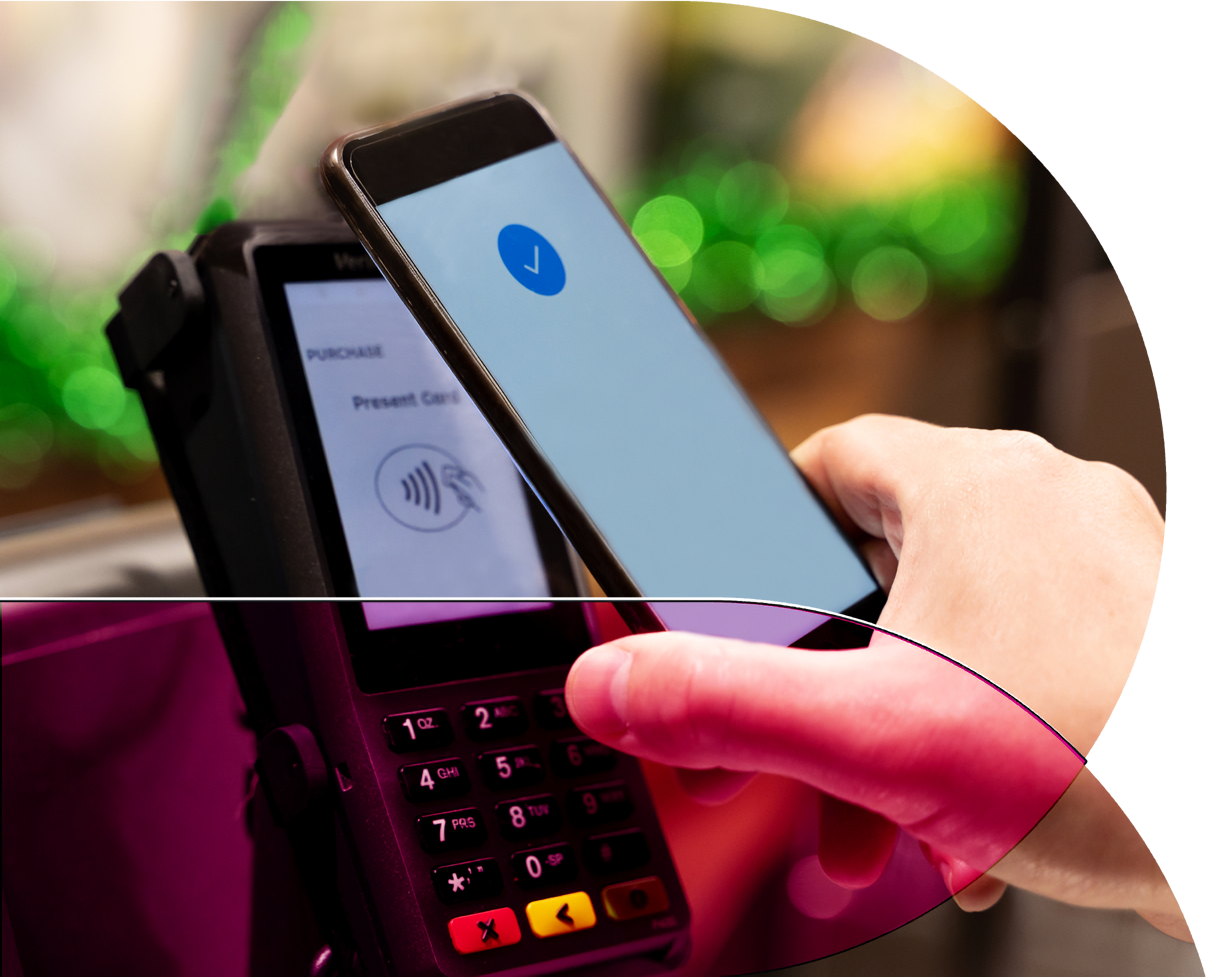Several weeks ago, we introduced this series that digs into our behavioral framework. We wanted to elaborate on why we believe it is unique and fit for the purpose of driving shopper growth.
As a reminder, when we set about to refresh our behavioral framework, our goal was to make it unique and authentically actionable by adhering to some basic behavioral fundamentals as we saw them. Our aim has always been to inspire our clients to adopt the principles of behavioral science as the foundations for operational decision-making. Our approach in refining the framework has been to leverage our decades of shopper marketing expertise and position behavioral science as the one constant in a time of volatility and uncertainty for brands AND consumers.
Having studied a lot of the academic thinking around behavioral science, we came to the conclusion that, at their most basic, most human choices (none more so than in shopper) are driven predominantly by two things:
- A compelling benefit
- A low barrier to act
With this conviction in mind, we have refined our behavioral framework to be:
- Simple but not simplistic
- Grounded in academic rigor
- Tied to recommendations wholly focused on driving shopper growth
In this post, we will take on the notion of “Simple”, and why we think it is so important.
Simple Enough to be Understood, and Actionable
We have seen a lot of other behavioral frameworks and theoretical models that are so complicated, they literally take multiple academic white papers or a wall poster to explain.
Ironically, the barrier for adoption of behavioral principles within many organizations seems to be their complexity, especially when agencies feel compelled to make them hyper-complex in order to imply that they are serious.
Extensively footnoted, complicated theories with multi-variant factors may sound convincing, especially in academic treatises that make their way to business best-seller lists. But they don’t typically translate to action.
Scholarship and academic research are essential to demonstrating the efficacy of behavioral theories, but at some point, they need to be actionable in order to be useful. Corporate stakeholders needing to make big bets on make-or-break decisions often default to older research methodologies that aren’t behavioral and don’t reveal behaviorally validated opportunities to influence their consumers’ choices. Why? Because complicated theories they find hard to comprehend just don’t seem as reliable as older approaches (that never really worked that well to begin with, but were familiar and the default! Literally the power of habit itself!)
There are literally dozens, if not hundreds, of models – some academic, some commercial – detailing the heuristics (“shortcuts”) and influencers of behavior. Ultimately, models only work when they connect theories to an easy, applied set of guidelines for driving decisions within companies. Agencies who self-identify as behavioral experts often can’t actually define and diagnose the simple pathways to influencing behavior that will result in consumers acting predictably and advantageously towards specific clients’ brands.
This is precisely what we have avoided in our refreshed framework.
We wanted a simple but solid through-line for our behavioral research that clients could recognize and embrace as appropriate antidotes to their respective strategic challenges. For us, that also meant being focused on shopper marketing and the path-to-purchase. Thus, we distilled down all that we know about shopping behavior from our decades of expertise in the field. We refined our framework, essentially applying a two-factor metric for evaluating benefits and barriers, as the structure in which to define and diagnose the paths to behavioral change:
- If a brand or product addresses an unmet need, or a way to enhance their lives, a consumer will sense a benefit and be motivated to buy.
- If a brand or product eliminates friction or a barrier to act, it is more likely to be selected or chosen and purchased by a consumer.
When research is aligned to define and diagnose the factors that influence those two fundamentals, the framework reveals the actions needed for brands to achieve desired outcomes.
Simple, and at its core: actionable.
There are certainly unique nuances, angles, and specificity in the strategic challenges that prompt clients to come to any agency for shopper behavior research. Much depends on the stage of the product lifestyle at which the research is initiated. Is it to:
- Support development or launch of a new product?
- Launch a restage or a line extension?
- Enter a new market or geography?
- Defend the potential of a delisting from a retail distribution partner?
- Seize or defend market share against a competitor?
- Optimize the pack image within the constraints of a large e-commerce player’s grid restrictions?
- Refine the strategy for a DTC program without jeopardizing other retail channels?
These objectives may form the big-picture questions brands need to explore in shopper research, but that doesn’t justify over-complicating the fundamental examination of consumer behavior to get to the answers. Complicated frameworks, ironically, are less likely to identify actionable routes for how brands can successfully intercept and influence consumer choice.
At Behaviorally, we believe that whether we are evaluating packaging, POSM or pricing, or the context in which a product is seen, or the omnichannel shopper journey that brings a consumer to the moment of choice, our behavioral framework needs to be this simple:
- Does the shopper marketing convey enough benefit to be a motivation to consider and buy a product?
- Does it remove enough friction so as not to be a barrier to consumer behavior, and maybe even reinforce a habit that is advantageous to a brand’s desired outcome?
And if the answer to either is “no”, what are the steps a brand can take to correct the deficit and drive shopper growth?
That is our simple, but not simplistic, framework, and we would love to talk about applying it to your specific business challenges.
(Oh . . . and next episode, we will explore a possibly controversial point-of-view about why we avoid the simplistic at all costs.)
THE AUTHOR
Scott Brill leads the Market Development Team at Behaviorally as Chief Commercial Officer, focused on driving growth through new and innovative shopper research solutions. He has nearly 20 years of experience in market research, including his previous role as Chief Commercial Officer with PRS IN VIVO. He is a graduate of Muhlenberg College with degrees in Business Administration and Global Economics. He is passionate about applying behavioral science to understand the consumer decision making process across the digital and physical shopper journey … as well as golf, the beach, grilling and spending time with his wife, son and chocolate lab.
Commercial Officer, focused on driving growth through new and innovative shopper research solutions. He has nearly 20 years of experience in market research, including his previous role as Chief Commercial Officer with PRS IN VIVO. He is a graduate of Muhlenberg College with degrees in Business Administration and Global Economics. He is passionate about applying behavioral science to understand the consumer decision making process across the digital and physical shopper journey … as well as golf, the beach, grilling and spending time with his wife, son and chocolate lab.
Connect with Scott on LinkedIn.
